Free fly tying
{{start}}
{{end}}
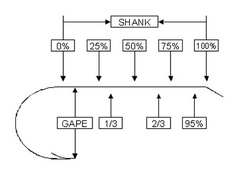
{{+1}}Hooks – understanding them{{-1}}
{{start}}
Whilst a hook is fundamental to fly tying its surprising how many people muddle through without really understanding the terminology. Throughout this web site I have used terms to describe types of hooks, positions on hooks, parts of hooks etc and the purpose of this post is to ensure you understand what I am referring to.{{end}}
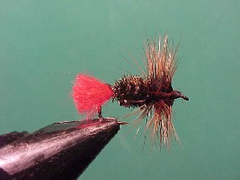
{{+1}}Dry fly – hackle{{-1}}
{{start}}
The technique for selecting and tying in a dry fly hackle for a right handed fly tier is as follows. If you are left handed please remember to switch the instructions around.{{end}}
{{+1}}Deer hair – posts for parachute dun emergers{{-1}}
{{start}}
There are heaps of options of materials for posts for parachute dun emergers. Deer hair is a great option because it is buoyant itself, has a natural look, there are plenty of color options if viability and unlike some other post materials lands softly.{{end}}
{{+1}}Wet fly – hackles{{-1}}
{{start}}
Hackles and hackle fibres are used in various ways in the construction of wet flies. Whilst poorer dry fly hackle capes have traditionally been used in wet flies, over recent years, specific wet fly capes and saddles have evolved by the selective breeding of various birds.{{end}}
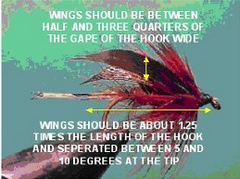
{{+1}}Wet fly – proportions{{-1}}
{{start}}
The physics of dry flies are quite simple either they rely on buoyancy (displacement) to simply float or they rely on the materials used to be light and resist water penetration and consequently to be supported on the surface tension of the water. Just as the understanding of appropriate proportions have evolved for dry flies they have certainly developed for some wet flies.{{end}}
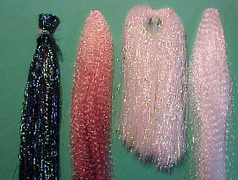
{{+1}}Synthetic fibers{{-1}}
{{start}}
A lot of synthetic materials are presented either in hanks or bunches of materials secured in the middle or at one end with a clip, a cable tie down or by heat fusion. This is the best way to use them so as to avoid waste.{{end}}
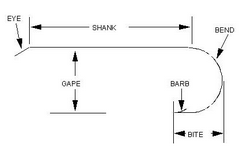
{{+1}}Dry fly proportions{{-1}}
{{start}}
The physics of dry flies are quite simple either they rely on buoyancy (displacement) to simply float or they rely on the materials used to be light and resist water penetration and consequently to be supported on the surface tension of the water.{{end}}
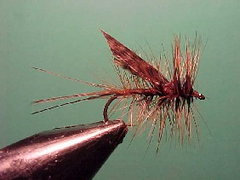
{{+1}}Wings on flies{{-1}}
{{start}}
When we speak of wings on flies the first thing that comes to mind for me is are the beautiful feather tip wings on flies like the iron blue dun and the twilight beauty or the subtle hair wings on a hair winged royal coachman . . .I don't immediately think about wings on wet flies. Wings on wet flies are however just as important.{{end}}
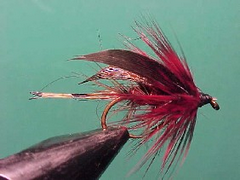
{{+1}}Wings – wet fly wings{{-1}}
{{start}}
Wings on wet flies are powerful trigger points and also aides in the mechanics of the fly. As triggers they add valuable movement and viability and from a mechanical point of view they help the fly maintain its upward stance and help stop the fly from twisting.{{end}}
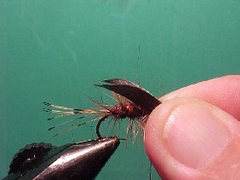
{{+1}}Wings – wet fly feather slip wings{{-1}}
{{start}}
Feather slips for use as wings for a wet fly are most often taken from duck feathers but other feathers such as turkey and pheasant etc. are also used. The best feathers tend to be the secondary flight feathers as the primary feathers have much thicker barbules that can be difficult to tie in.{{end}}













